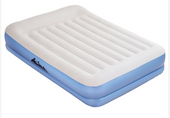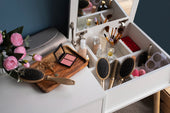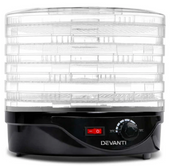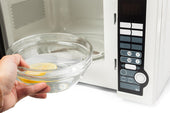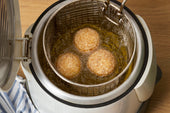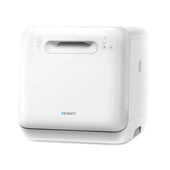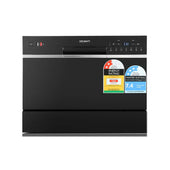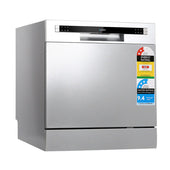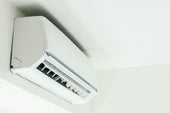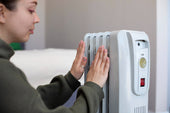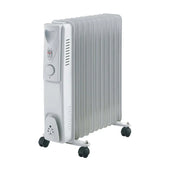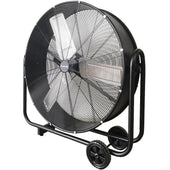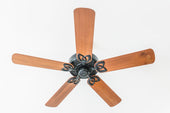Understanding the Most Common Causes of Sink Stains and Scratches
Bathroom sinks often experience stains and scratches due to everyday usage and the materials they encounter.
Causes of Stains
- Hard Water Deposits: Mineral build-up from hard water leaves unsightly marks.
- Soap Residue: Improper rinsing allows soap scum to form over time.
- Chemical Spills: Harsh cleaning agents or beauty products can discolour surfaces.
- Rust: Metals left on the sink for prolonged periods may lead to rust stains.
Causes of Scratches
- Abrasive Cleaning Tools: Harsh brushes or scouring pads can scratch sink surfaces.
- Dropped Items: Heavy objects, such as bottles, cause deep etches.
- Improper Use: Frequent contact with rough materials damages finishes over time.
Choosing the Right Materials for a Durable Sink
The material of a sink plays a critical role in its resistance to stains and scratches. Some materials are inherently more durable and easier to maintain.
- Porcelain and Ceramic: These are classic choices due to their smooth, stain-resistant surfaces, although they may chip or crack under impact.
- Stainless Steel: Highly durable and scratch-resistant, stainless steel is popular for its longevity but may show water spots over time.
- Stone or Composite Granite: These materials offer natural aesthetic appeal and excellent scratch resistance, though regular sealing may be required.
- Tempered Glass: A modern option, tempered glass resists scratches but can show smudges and soap scum more easily. During days, evaluating cleaning effort and long-term appearance is especially important."
Considering daily usage and cleaning habits can guide homeowners toward a sink material that ensures lasting performance.
Tips for Daily Cleaning to Maintain a Pristine Bathroom Sink
- Rinse After Each Use: Encourage rinsing the sink with warm water after every use to remove soap residue, toothpaste, and debris before they harden.
- Wipe Dry: Use a soft microfiber cloth to dry the sink after rinsing. This prevents water spots and mineral deposits from forming.
- Avoid Abrasive Cleaners: Opt for non-abrasive products, such as mild dish soap or a mixture of water and white vinegar, when cleaning daily to prevent scratches.
- Prevent Drains from Clogging: Remove hair and debris from the drain cover daily to reduce the risk of blockages and unpleasant smells.
- Quick Spills Cleanup: Address spills and splatters immediately, especially from products like hair dye or cosmetics, to avoid staining.
Protecting Your Sink from Abrasive Cleaning Tools and Products
Using abrasive cleaning tools and harsh chemicals can damage the finish of bathroom sinks, leading to scratches and dull spots. To avoid this, individuals should opt for non-abrasive cleaning products specifically designed for bathroom fixtures. Microfibre cloths or soft sponges are ideal tools for routine cleaning, as they gently remove dirt without harming the surface. Scouring pads, steel wool, and stiff-bristled brushes should be avoided entirely, as these materials can leave permanent scratches. When dealing with stubborn stains, soaking with a mild solution of vinegar and water can loosen residue without abrasive scrubbing. Always test unfamiliar cleaning products on a discreet area.
How to Properly Handle Heavy or Sharp Objects Around Your Sink
To protect your bathroom sink from damage, carefully managing heavy or sharp objects is essential. Follow these measures to reduce risks:
Guidelines for Handling Heavy Items
- Avoid direct placement: Place heavy items like shampoo bottles or decorative objects on a soft mat or tray to cushion contact.
- Lift, don’t drag: Always lift items instead of dragging them to prevent scratches.
- Distribute weight: If storing heavy items under the sink, ensure even weight distribution to avoid pressure damage.
Tips for Managing Sharp Objects
- Use a protective layer: Store razors and scissors in a holder or pouch for safe handling.
- Mind your movements: Be cautious when rinsing near the sink to avoid accidental contact.
- Choose sturdy materials: Opt for sinks with durable finishes that resist cuts.
These techniques can preserve the sink's aesthetic and functionality.
The Role of Sink Mats and Protective Liners in Preventing Damage
Sink mats and protective liners act as an essential barrier between the sink’s surface and potentially damaging objects. These accessories help protect against scratches caused by dropped items, heavy tools, or even daily grooming supplies. Made from durable materials such as silicone or rubber, they cushion impacts that may crack or chip porcelain or ceramic sinks. These liners also help prevent stains by catching spills, hair dye, or residue before they set in. They offer a practical solution for maintaining the sink’s appearance without requiring constant vigilance. Opting for tailored liners ensures accurate coverage and adds a layer of longevity to the sink’s life.
Best Practices for Removing Stubborn Stains Without Damaging the Finish
Stubborn stains on bathroom sinks require careful attention to avoid damage to the surface. Opt for non-abrasive cleaning tools such as microfibre cloths, sponges, or soft-bristled brushes.
Follow These Steps:
- Choose a mild cleaning solution: Use diluted dish soap, white vinegar, or a store-bought non-abrasive cleaner designed for surfaces like porcelain or ceramic.
- Apply the solution: Mix the cleaning agent with warm water and gently apply it to the stain using circular motions.
- Let it sit: Allow the cleaner to remain on the stain for 5–10 minutes to loosen stubborn residue.
- Scrub gently: Use light pressure when scrubbing to avoid scratching while removing stains.
- Rinse thoroughly: Wash off cleaning residue with clean water and dry with a soft towel to preserve the sink’s finish.
Regular upkeep prevents build-up and keeps stains manageable over time.
Seasonal Maintenance Tips for Minimising Wear and Tear
Regular maintenance tailored to seasonal changes can help preserve the condition of bathroom sinks.
- Spring: Inspect for cracks or chips caused by winter temperature fluctuations. Apply a gentle, non-abrasive cleaner to remove grime buildup and polish surfaces.
- Summer: High humidity can increase mildew; ensure proper ventilation and clean with an anti-mould solution. Avoid placing heavy, wet items directly on the sink.
- Autumn: Falling temperatures may lead to mineral deposits. Rinse frequently with warm water and avoid harsh scrubbing to prevent scratches.
- Winter: Prevent freezing by ensuring pipes remain warm. Use sink covers or mats to shield surfaces from accidental impacts.
Proactive care during each season reduces deterioration and keeps the sink in pristine condition.
Eco-Friendly Cleaning Solutions to Preserve Your Sink's Appearance
Using eco-friendly cleaning methods helps maintain the lifespan and beauty of a bathroom sink while reducing environmental impact. Common household items can effectively remove stains and avoid scratches.
- Baking soda and vinegar: Create a paste with baking soda and water, apply gently with a soft cloth, then rinse with diluted vinegar for a deeper clean.
- Lemon juice and salt: Combine these to combat stubborn stains since salt acts as a mild abrasive and lemon naturally whitens.
- Castile soap: A gentle, biodegradable soap cleans without causing surface damage or leaving harmful residues.
Avoid using abrasive scrubbers or harsh chemicals, as these can compromise the sink's finish over time.
When to Seek Professional Help for Deep Scratches or Discolouration
If deep scratches or stubborn discolouration persist despite routine cleaning, professional assistance may be necessary. Severe scratches can compromise the sink’s protective surface, leading to faster wear or even leaks over time. A professional can assess the extent of the damage and recommend refinishing or repair techniques to restore its appearance.
For discolouration caused by chemical stains or mineral deposits, experts may use specialised tools or solutions unavailable for regular consumer use. Additionally, signs such as cracks, chips, or irreparable surface damage warrant professional intervention. Skilled technicians ensure proper repair without risking further harm to the sink’s material or finish.
Preventative Measures for Long-Term Care and Maintenance
Proper care and maintenance can preserve a bathroom sink’s pristine condition. Consider these preventative measures:
- Use sink protectors: Install rubber mats or grids to prevent scratches caused by dropped items or heavy utensils.
- Clean regularly: Wipe the sink after each use with a soft, damp cloth to prevent soap scum and water stains.
- Avoid abrasive cleaners: Opt for non-abrasive cleaning solutions and sponges to maintain the sink’s surface finish.
- Address hard water: Use a water softener if possible, or clean stains promptly using white vinegar.
- Seal porous materials: For stone or unglazed sinks, apply a sealant to prevent stains from penetrating the surface.
Simple habits ensure durability and attractiveness over time.










